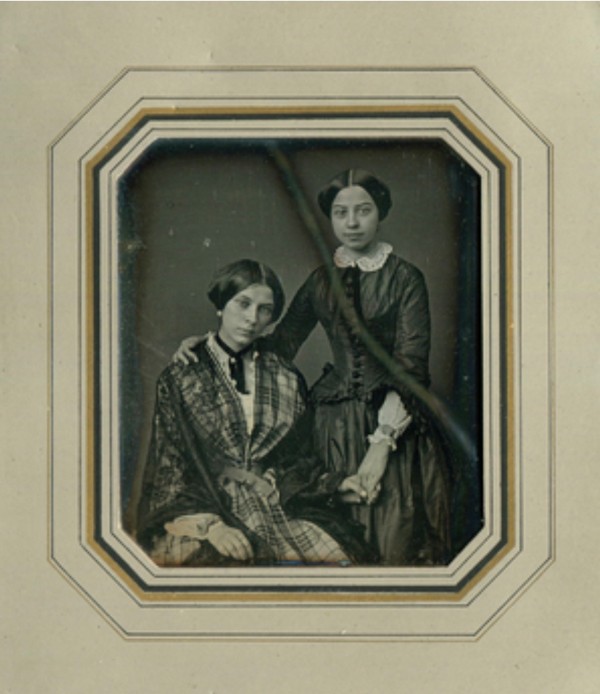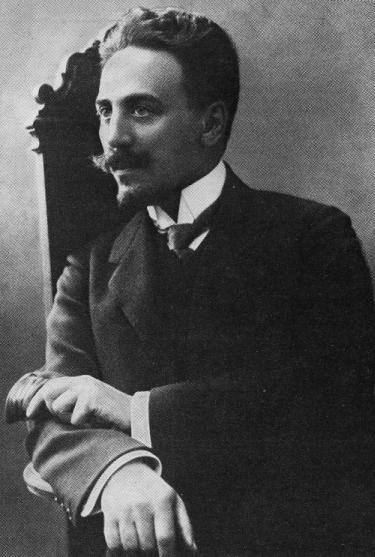After the death of his mother in September 1902 and frustration at the lack of progress on his Second Symphony, Edward Elgar and his wife decamped from their small, rented cottage near Malvern and retreated to the Italian Riviera in October 1903 for two months.
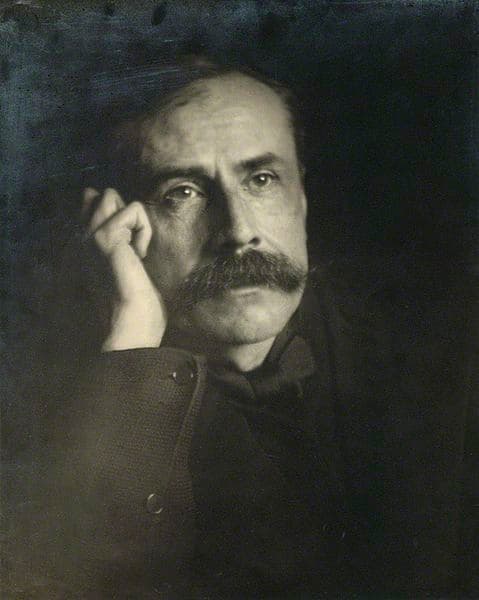
Charles Frederick Grindrod: Edward Elgar, ca. 1903
Staying in Alassio, Italy, Elgar didn’t make any further progress on his symphony, and the bad weather (‘cold, rain and gales’ as he reported) didn’t make things better. What he did come back with was a Concert Overture that might be better termed a Tone Poem if he wrote such things.
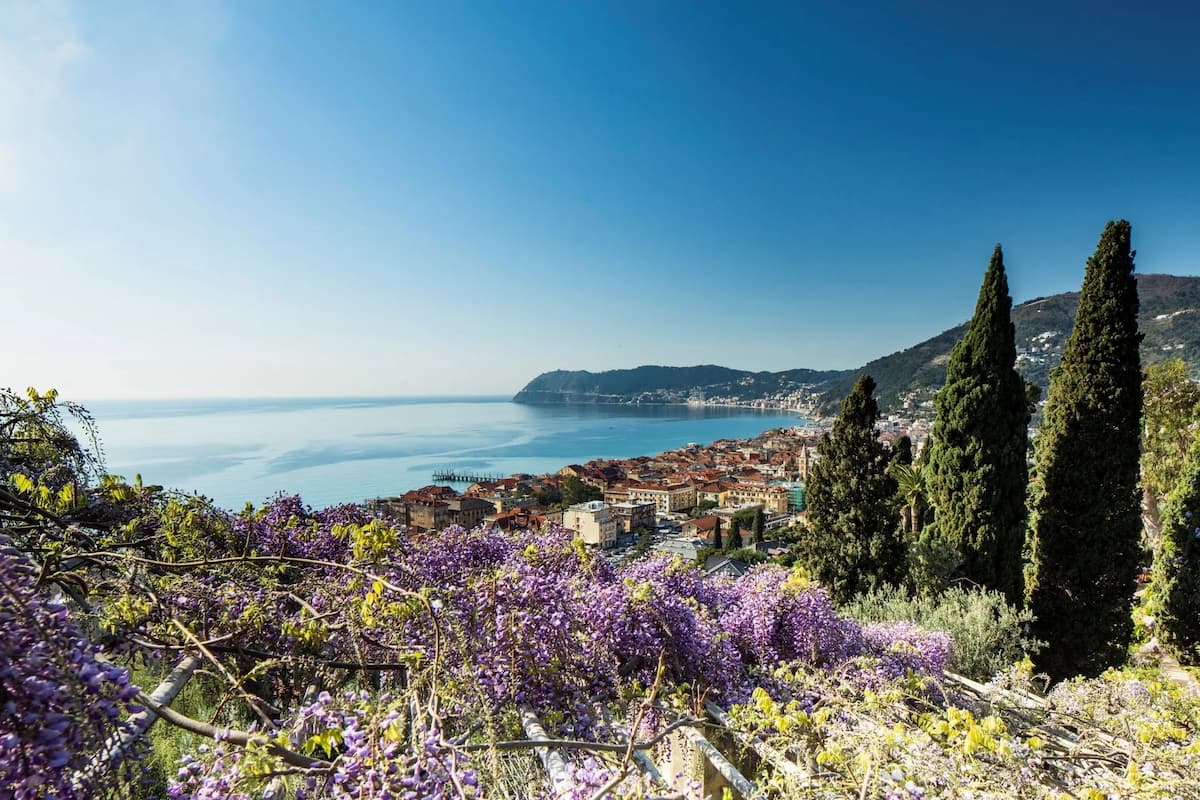
In the South, subtitled ‘Alassio’, is Elgar’s reflection on the glory that was the Roman Empire and the beauty that was the Italian countryside. In his score, he quotes from Tennyson’s The Daisy, which opens with:
O love, what hours were thine and mine,
In lands of palm and southern pine;
In lands of palm, of orange-blossom,
Of olive, aloe, and maize and vine.
And from Lord Byron’s Childe Harold’s Pilgrimage,
…a land
Which WAS the mightiest in its old command
And IS the loveliest…
(Canto IV, verse XXV)
Elgar wrote that he was strolling among ‘streams, flowers, hills: the distant snow mountains in one direction and the blue Mediterranean in the other. I was by the side of an old Roman way. A peasant shepherd stood by an old ruin, and in a flash, it all came to me — the conflict of armies in that very spot long ago, where now I stood — the contrast of the ruin and the shepherd… At that time, I had “composed” the overture — the rest was merely writing it down. Elgar’s wife Alice noted that they took the walk to the Roman bridge where they saw the shepherd on 9 January 1904.
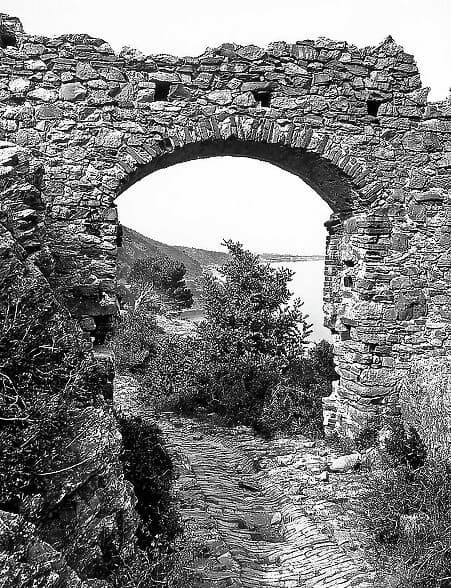
The Roman bridge at Alassio (photo by Rino)
Elgar’s work begins much like we would expect a tone poem by Richard Strauss to begin (we can compare it with the opening of Strauss’ Don Juan, also based on a Byron poem), but then moves to a pastoral episode where the clarinet takes the part of the shepherd he saw. Elgar then moves on to a more austere Roman theme (described by one writer as ‘pugnacious’).
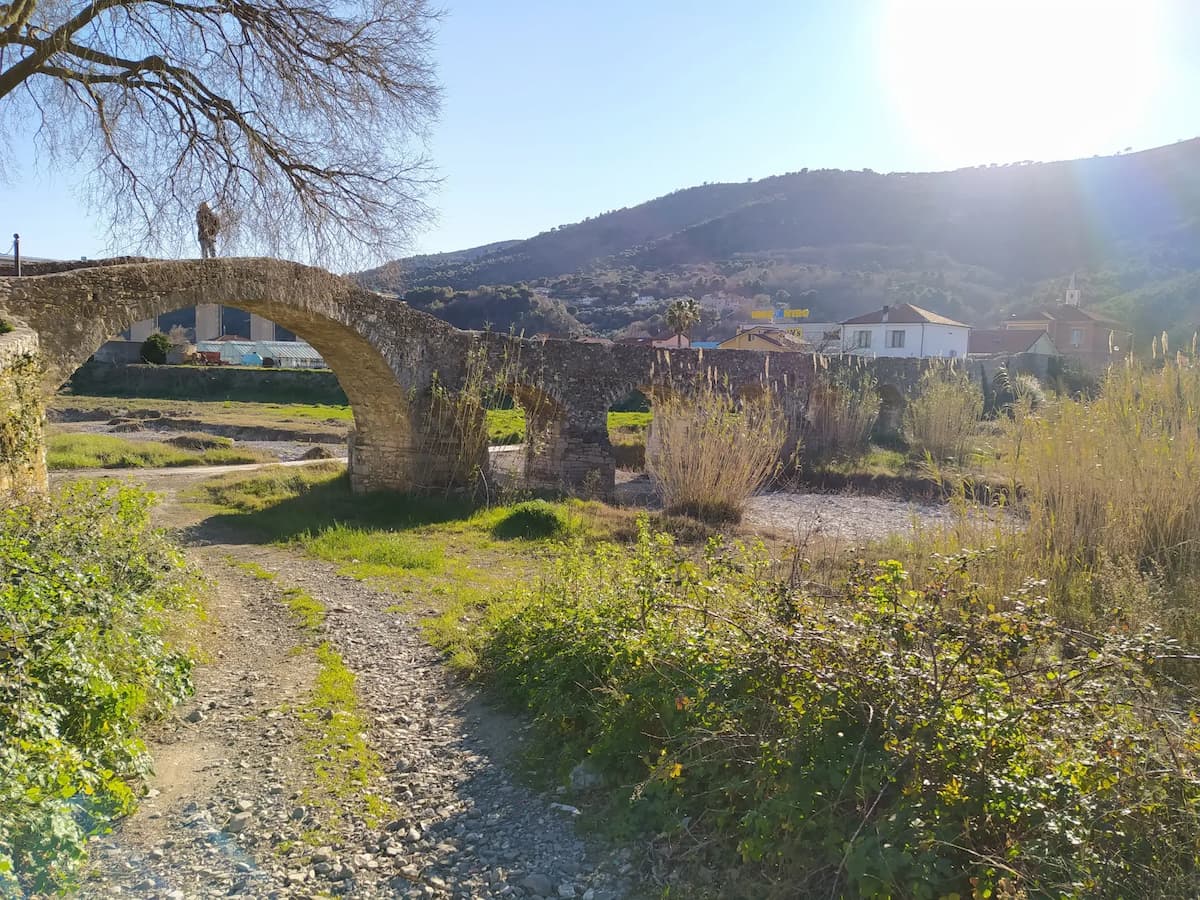
Roman road and arch outside Alassio
This is Rome, but not the Rome simply of peaceful existence, with the urgent drive of a military beat below it. This was the domineering and heavy-handed force of ancient Rome.
This is followed by what Elgar called a ‘canto popular’ for solo viola, later copied by the horn, before the opening returns.
Edward Elgar: In the South Overture, Op. 50, “Alassio” (Timothy Pooley, viola; Hallé Orchestra; Mark Elder, cond.)
Elgar later fitted the ‘canto popular’ with some verses by Shelley as the song ‘In Moonlight’.
Edward Elgar: In Moonlight (Christine Rice, mezzo-soprano; Hallé Orchestra; Mark Elder, cond.)
Elgar may not have gotten his Symphony No. 2 completed until 1911 (although he started sketching it in 1905), but he noted about his stay in Italy that music was in the air – ‘you only have to take as much of it as you need’–and so this joyful work with an historical reflection came into being.
Elgar first heard the tone poems of Strauss in 1902 and he learned from what he heard. In the South is the most richly scored of Elgar’s works, pulling the idea of orchestral colour from Strauss, along with that impressive opening.
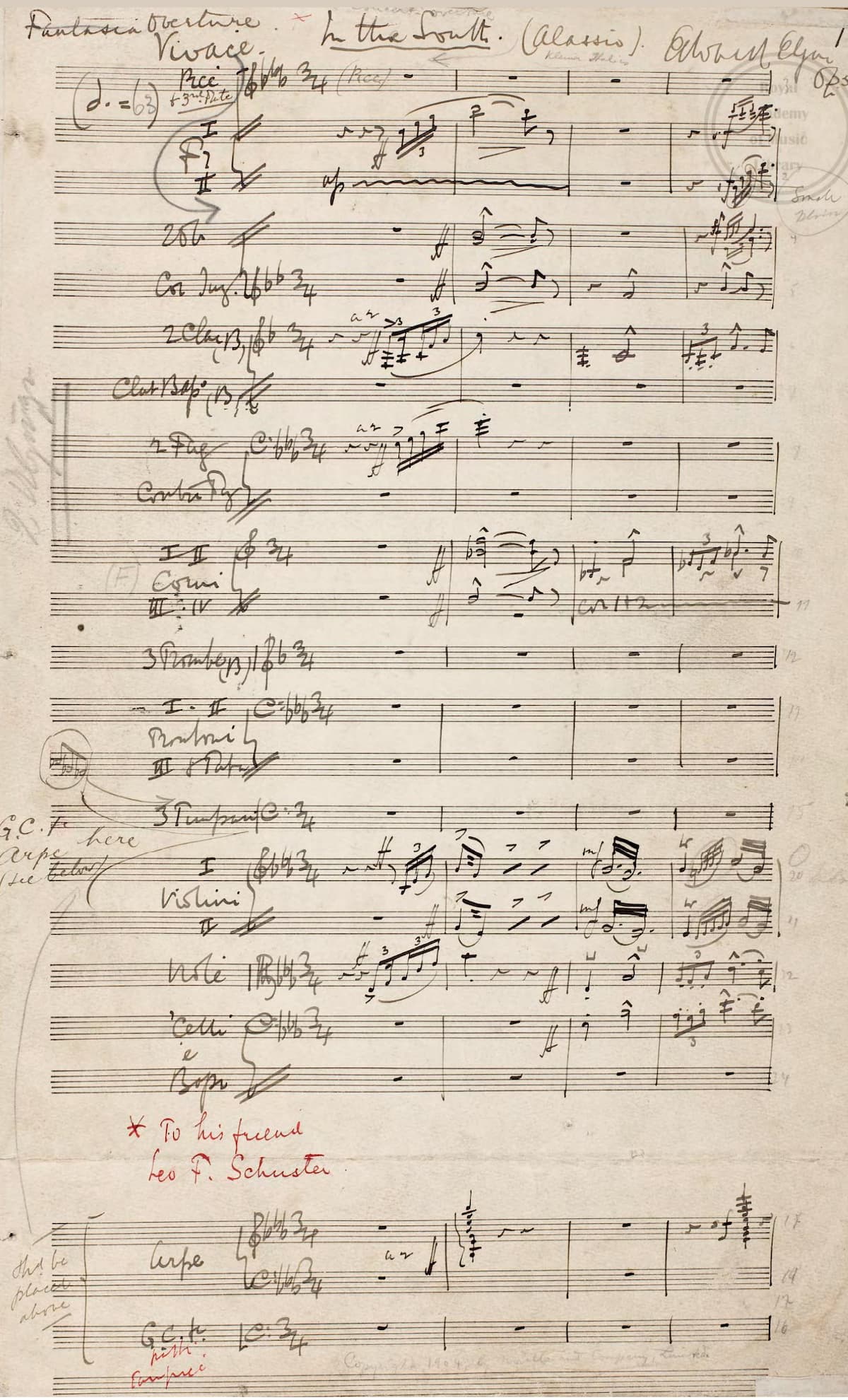
Opening of Elgar’s manuscript for In the South, 1904 (Royal Academy of Music)
Elgar was supposed to have been writing his Second Symphony for the upcoming Elgar Festival that was held at the Royal Opera House, Covent Garden, in March 1904. The work is dedicated to Frank Schuster, one of Elgar’s financial patrons and the moving force behind the Elgar Festival.
In the South was given its premiere on the last night of the Festival, with Elgar himself conducting the Hallé Orchestra for this work. Elgar’s Variations on an Original Theme, more familiarly known as the Enigma Variations, had its London premiere in June 1899. That London would hold a three-day Elgar Festival only five years later is a testament to the esteem in which Elgar was held after Enigma. King Edward VII and Queen Alexandra attended the opening night of the festival, and Queen Alexandra alone attended the final night, where Elgar’s work had its premiere.
At the festival, there were full houses for the three days, and the audience heard works such as The Dream of Gerontius and The Apostles that had had their premieres in England, but which only came to the English audience’s attention after their German premieres. On the final night, the first half of the program, with Hans Richter conducting the Hallé Orchestra, consisted of the Froissart Overture, excerpts from Caractacus, and the Enigma Variations. The second half of the program opened with the song cycle Sea Pictures (with Clara Butt as soloist), In the South (Elgar conducting), and the Cockaigne, before Elgar returned to conduct Pomp and Circumstance Nos. 1 and 2, which brought the house down. In the South was well received and the critics thought it really was of symphonic length. London couldn’t get enough of Elgar, and In the South was more than just a filler for his unfinished symphony.
For more of the best in classical music, sign up for our E-Newsletter


